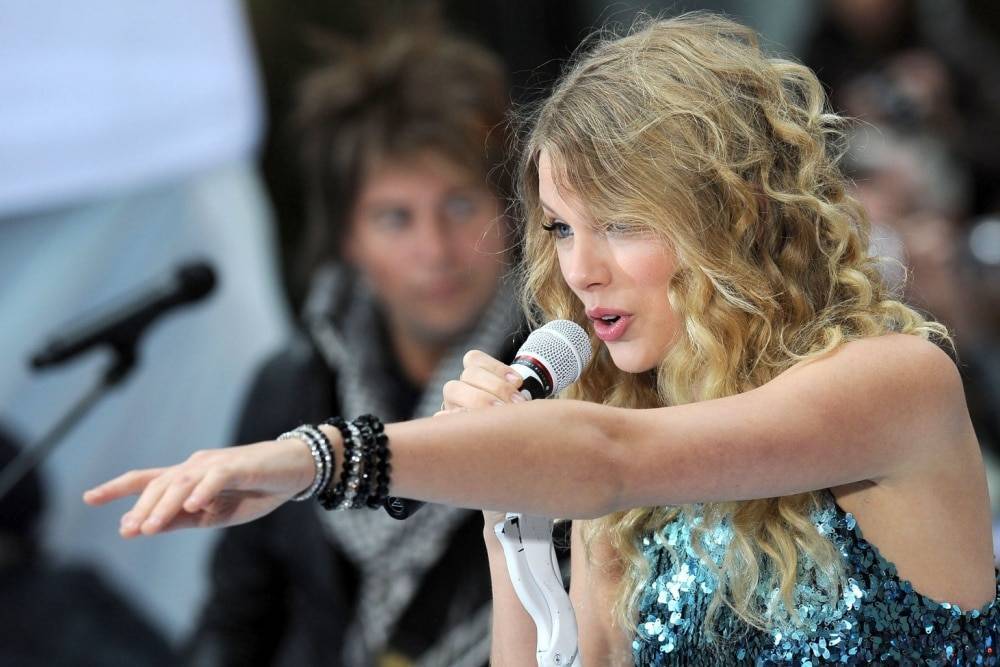As Taylor Swift’s electrifying ‘Eras Tour’ captivates audiences in Singapore, there’s growing concern over the risk of hearing loss associated with attending high-volume live concerts.
Swift’s performances, celebrated for their dynamic sound and powerful vocals, prompt crucial questions about the auditory implications for fans. Clinical audiologists Nituna Kanodia from Lynne Lim Ear Nose Throat & Hearing Centre and Hearing Partner‘s Jennifer Lee answered whether regularly attending live concerts can cause hearing loss, and they both agreed that frequent concert attendance can lead to long-term hearing loss.
The Swift Phenomenon
Taylor Swift’s recent shows at the Singapore National Stadium highlighted her musical diversity through unexpected mashups and highlighted the city’s personal significance to the star. However, amidst the spectacle and emotional resonance, a critical health debate is emerging on the impact of such events on hearing.
Decibels at Live Concerts
Live concerts can occasionally achieve sound levels significantly beyond safe listening thresholds. Kanodia shared the decibel range for reference, where a whisper is at 30 decibels (dB), a motorcycle is at 9 5dB, and live music usually ranges at 110-115 dB.
Lee also added that the World Health Organization (WHO) recommends that noise exposure levels not surpass 70 dB over 24 hours and 85 dB over 1 hour to prevent hearing impairment.
Both Kanodia and Lee explained that the hair cells located within the ear can be damaged. Kanodia stated, “Humans are born with about 16,000 hair cells within our cochlea that help the brain detect sounds. When exposed to loud sounds, these delicate hair cells become bent and damaged.” Lee added that “loud high-frequency sounds are typically more harmful than loud low-frequency sounds. This is because the hair cells responsible for detecting high-frequency sounds are more susceptible to damage due to their location in the cochlea.”
Warning Signs
Concert-goers often overlook symptoms of auditory strain such as tinnitus (ear ringing), muffled hearing, or difficulty discerning speech amidst noise as fleeting nuisances. Nonetheless, these indicators could signal considerable, sometimes permanent, auditory damage.
Kanodia warned that “immediate signs of hearing damage following exposure to loud sounds often include a ringing in the ear (tinnitus), often temporary, but persistent tinnitus may indicate permanent damage.” Lee also mentioned “blocked sensations/fullness (i.e. muffled hearing for a period of time after the concert)” as a potential symptom.
Thankfully, they also added that damage from a single concert should be reparable on its own.
Expert Recommendations
Kanodia and Lee call for a holistic approach to hearing protection. Both suggested customised earplugs and routine hearing evaluations, particularly for regular concert attendees. They also suggested that seating selection plays a role and that opting for a seat that is further away from the speakers or moving away once you experience discomfort is a tool to minimise damage to the ear.
They emphasise that while some auditory damage may initially appear transient, the accumulative effect of repeated exposure can lead to lasting impairment.
Conclusion
The exhilaration of live music, exemplified by Taylor Swift’s remarkable performances, carries an inherent responsibility to consider our long-term hearing health. While the allure of live performances is undeniable, fans, artists, and the music industry must harmonise the enjoyment of music with health consequences.

